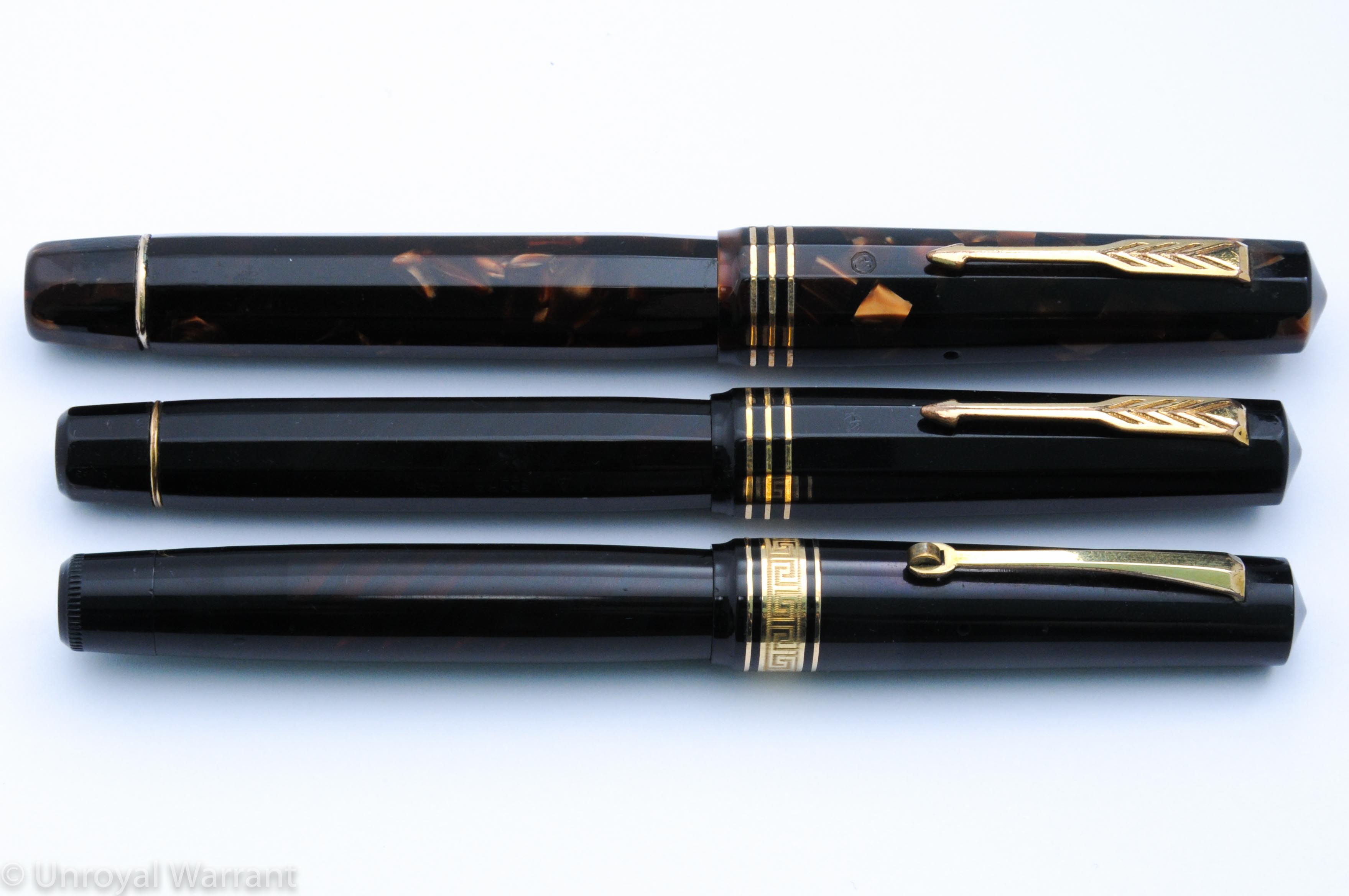
The Lucens and Extra Lucens were the best quality and best looking Italian pens of the 1930s and 1940s.
Italian pens during this period were largely inspired (and in many cases copies) of American pens. The Lucens and Extra Lucens were offered with visulated barrels much like the Parker Vacumatic and Waterman Ink View. The Extra Lucens also featured an arrow nib and an arrow clip not unlike the one found on the Parker Vacumatic.
In the late 1930s Wahl Eversharp came out with the Doric, a faceted pen very similar to the Extra Lucens; there is some debate about which pen was introduced first.
The bodies were made of celluloid and all of them had a degree of transparency to them. The pens in my photos that appear black (because they are filled with ink) have black striped barrels and were originally clear but have turned into to a red color. There were a number of beautiful celluloids that these pens were produced in. The rarest and most valuable color was a grey pearl (if you Google “OMAS Extra Lucens Limited Edition” you can see a reproduction of this pen, though the original was not brown).
Both the Lucens and Extra Lucens use a stantuffo tuffante, or plunger filling system. This system is considered to be the same as the one used by the American brand Dunn, which had a patent on this system in 1920. OMAS patented their version in 1936 and for this reason we see “Brev.73725 – 1936” on the barrels of these pens.
The plunger filler eliminated the use of sacs which made for a (supposedly) more durable filling system with a larger ink capacity.
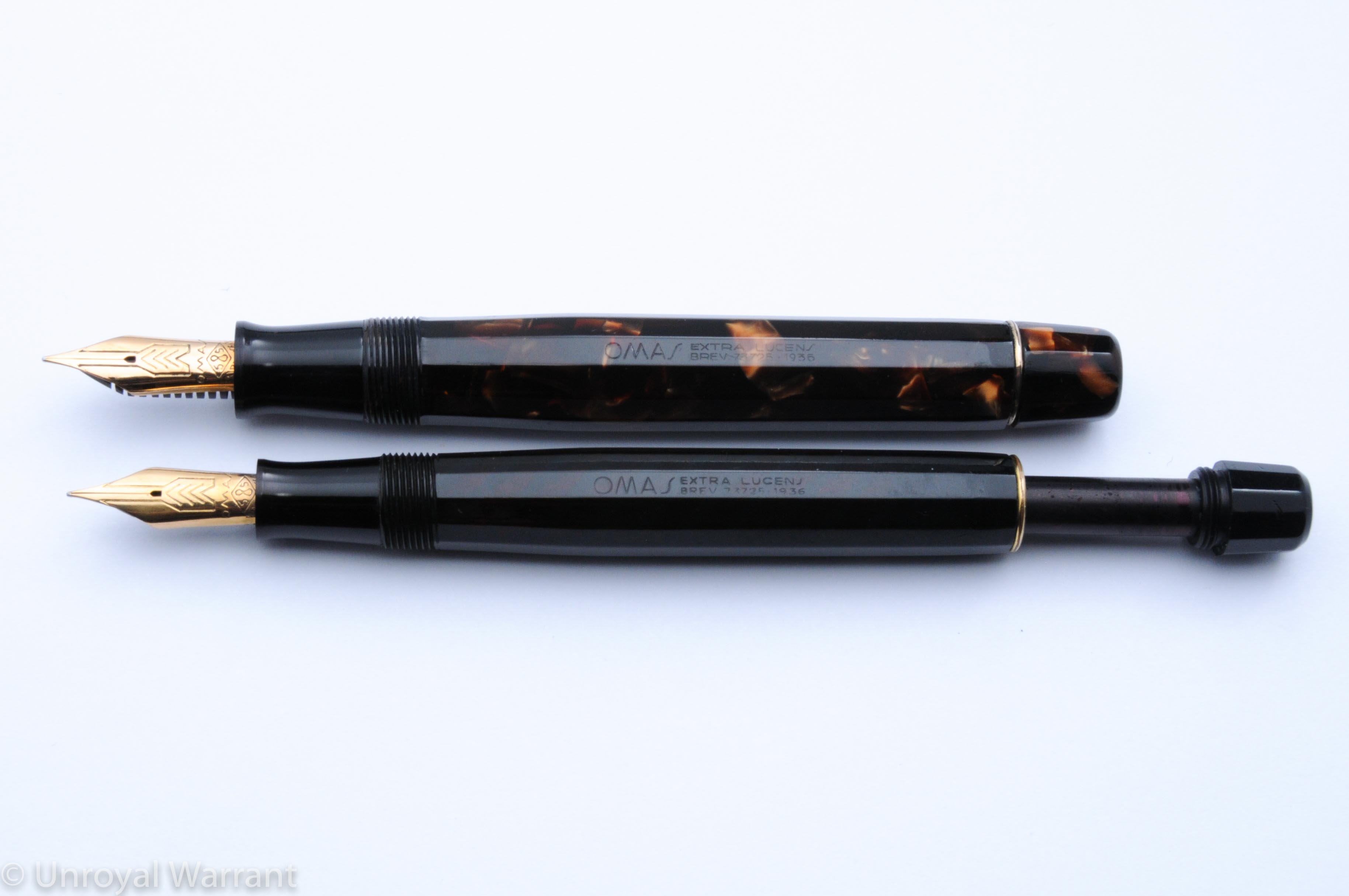
Personally, I do not like this system and I am not surprised that it was abandoned in favor of the piston filler. Filling the pen requires pulling out the plunger which draws up ink into the pen and then quickly pushing the plunger back down allowing the air to escape through a breather tube inside the barrel…if you push the plunger down too slowly all of the ink you just drew into the pen will be expelled. The filling system is relatively durable such that I feel comfortable using these pens every day. The weak points being a cork seal and breather tube.
The Lucens and Extra Lucens came in three sizes, the largest of the three measures about 14cm long capped and the midsize measures about 13cm (unfortunately I don’t have a small one to measure). The larger model is more or less the same size as the current all celluloid OMAS Paragon. The midsize is very similar in feel to a Pelikan M400 though slightly longer.
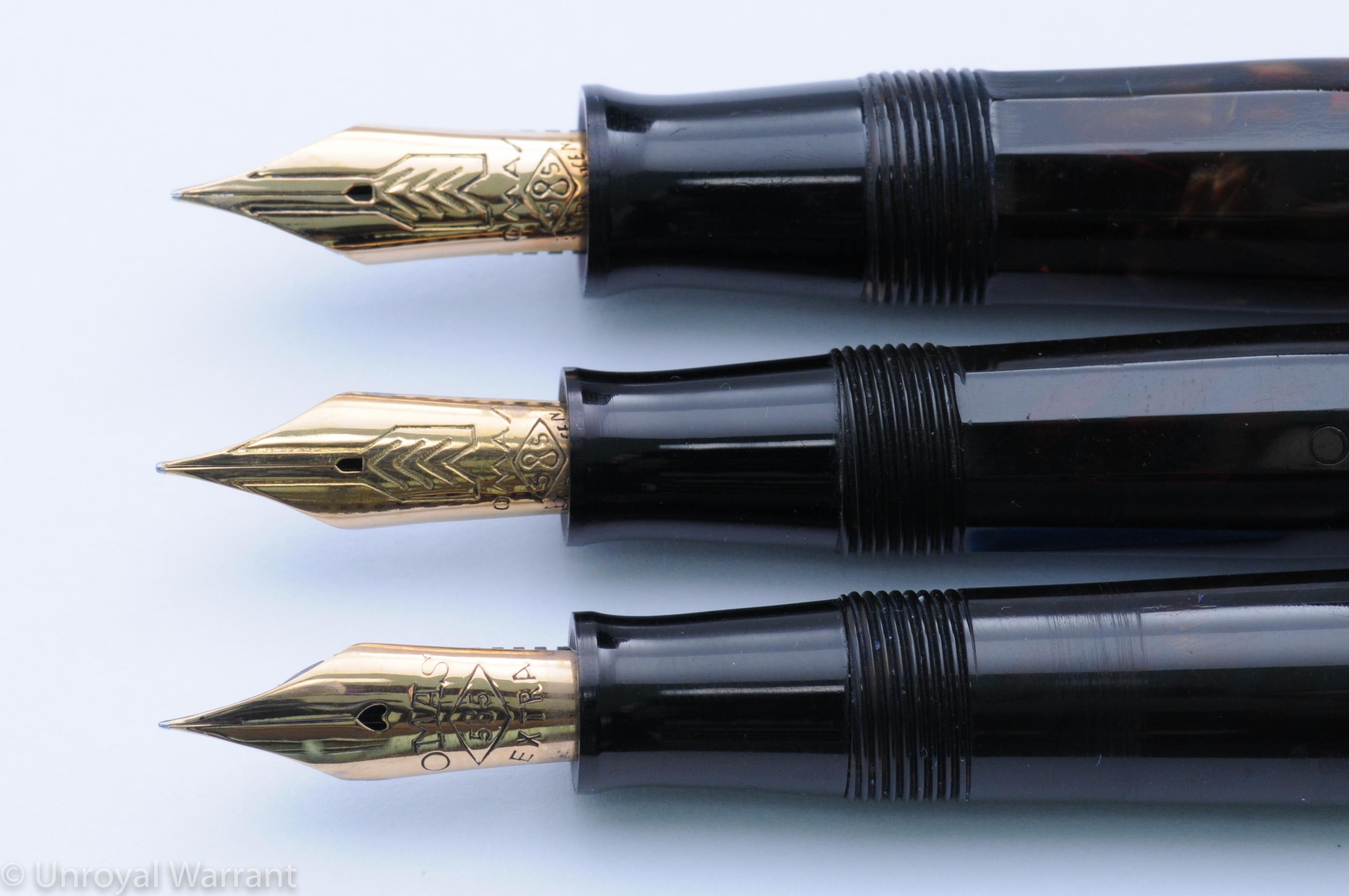
The nibs of the Lucens and Extra Lucens are quite different. The Lucens “Extra” nib with heart shape breather hole was the standard nib used on all of the OMAS Extra pens, while the Extra Lucens had a special arrow nib with a pentagon shape breather hole.

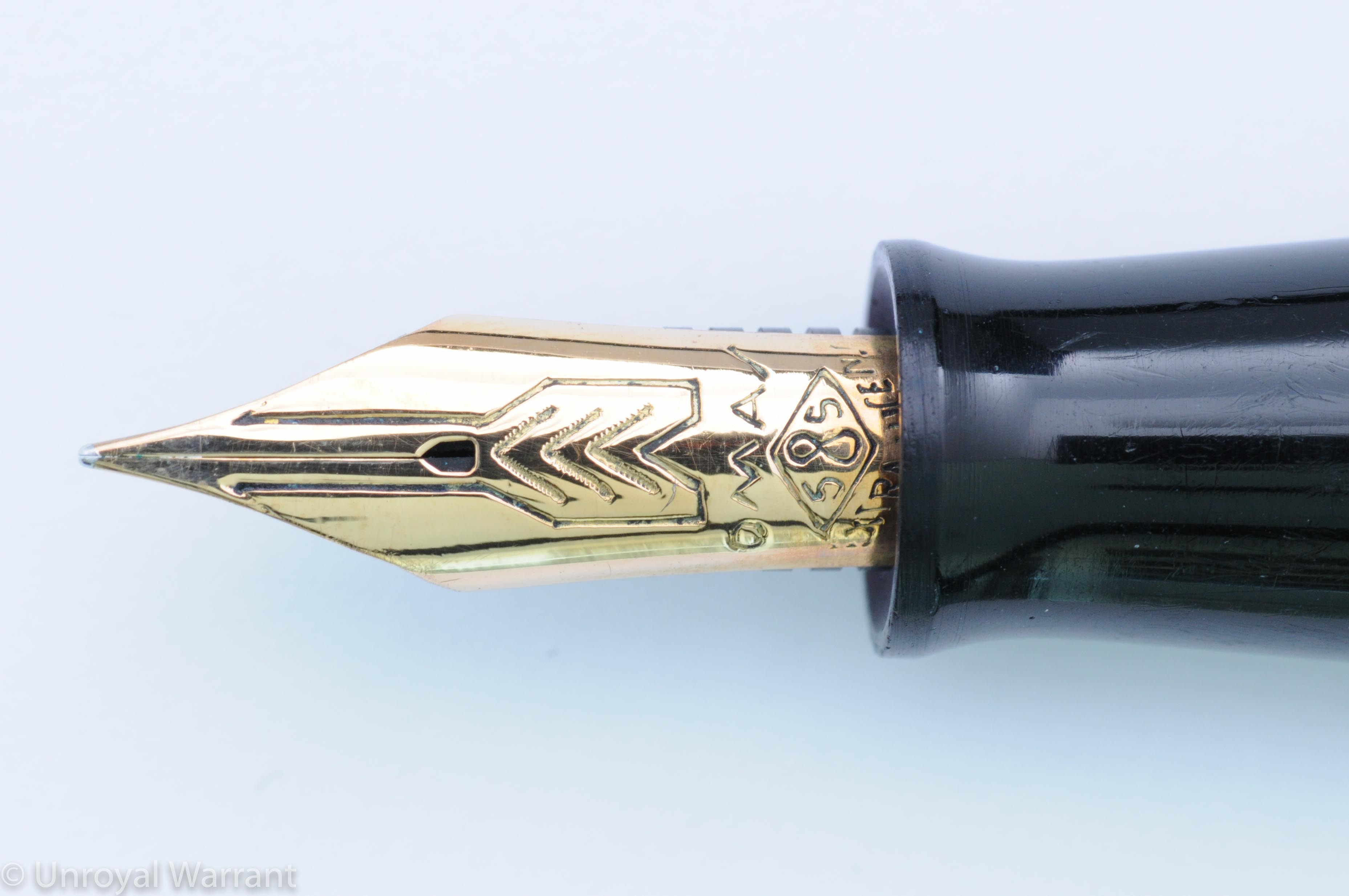
The Extra nib has longer tines than the Extra Lucens nibs creating more flexibility. The Extra Lucens nibs are soft and springing but not flexible (based on the small handful I have sampled).

During the war the Lucens and Extra Lucens pens had white metal trim and “permanio” nibs which were made of a steel alloy. These nibs, unlike Montblanc and Aurora’s wartime nibs, were not very resistant and many of them corroded.
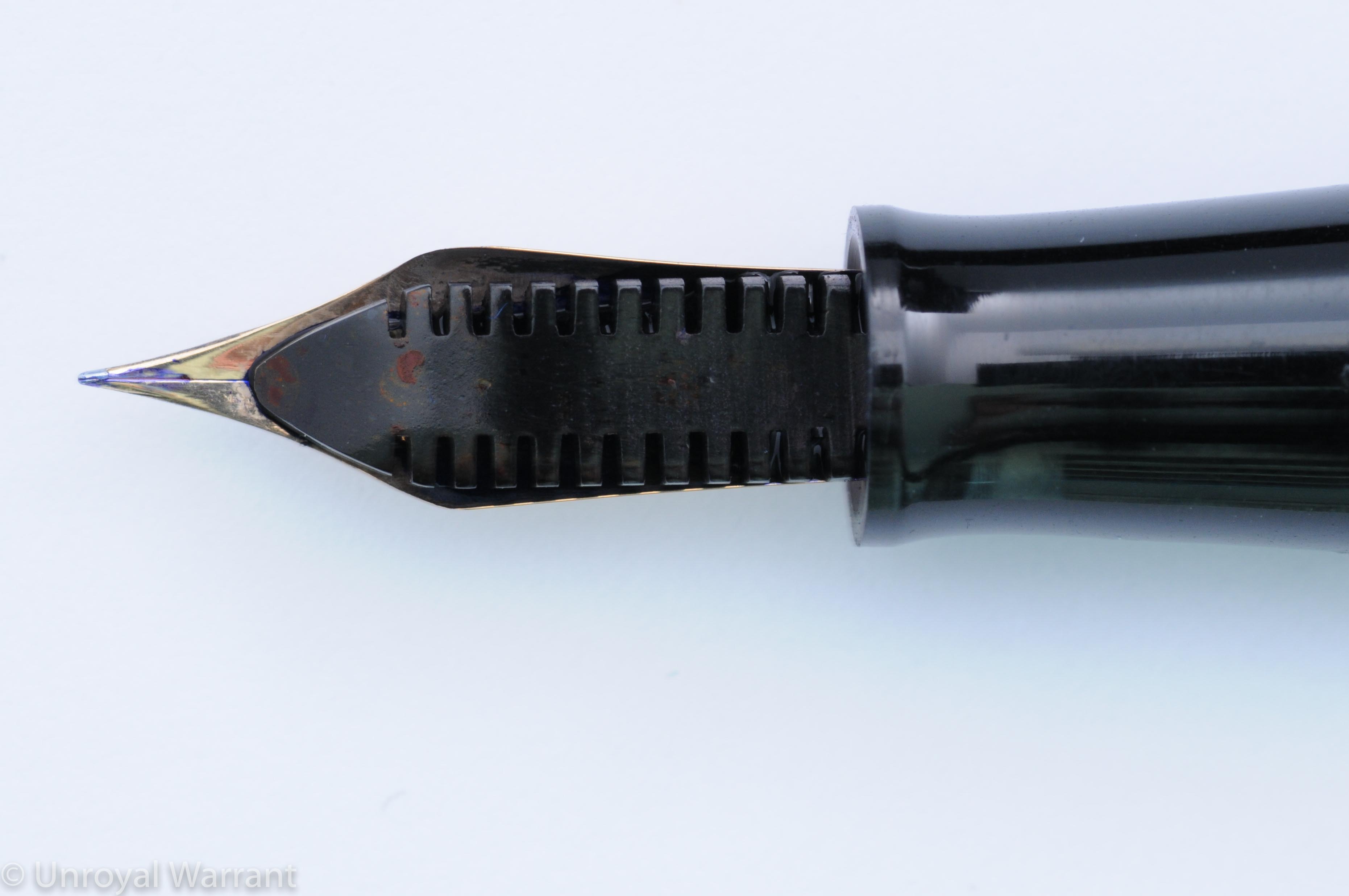
The Extra Lucens was also offered with a bi-tone reversible arrow nib. The reverse side was stiff for carbon copies while right-side up the nib was soft like a regular OMAS nib.
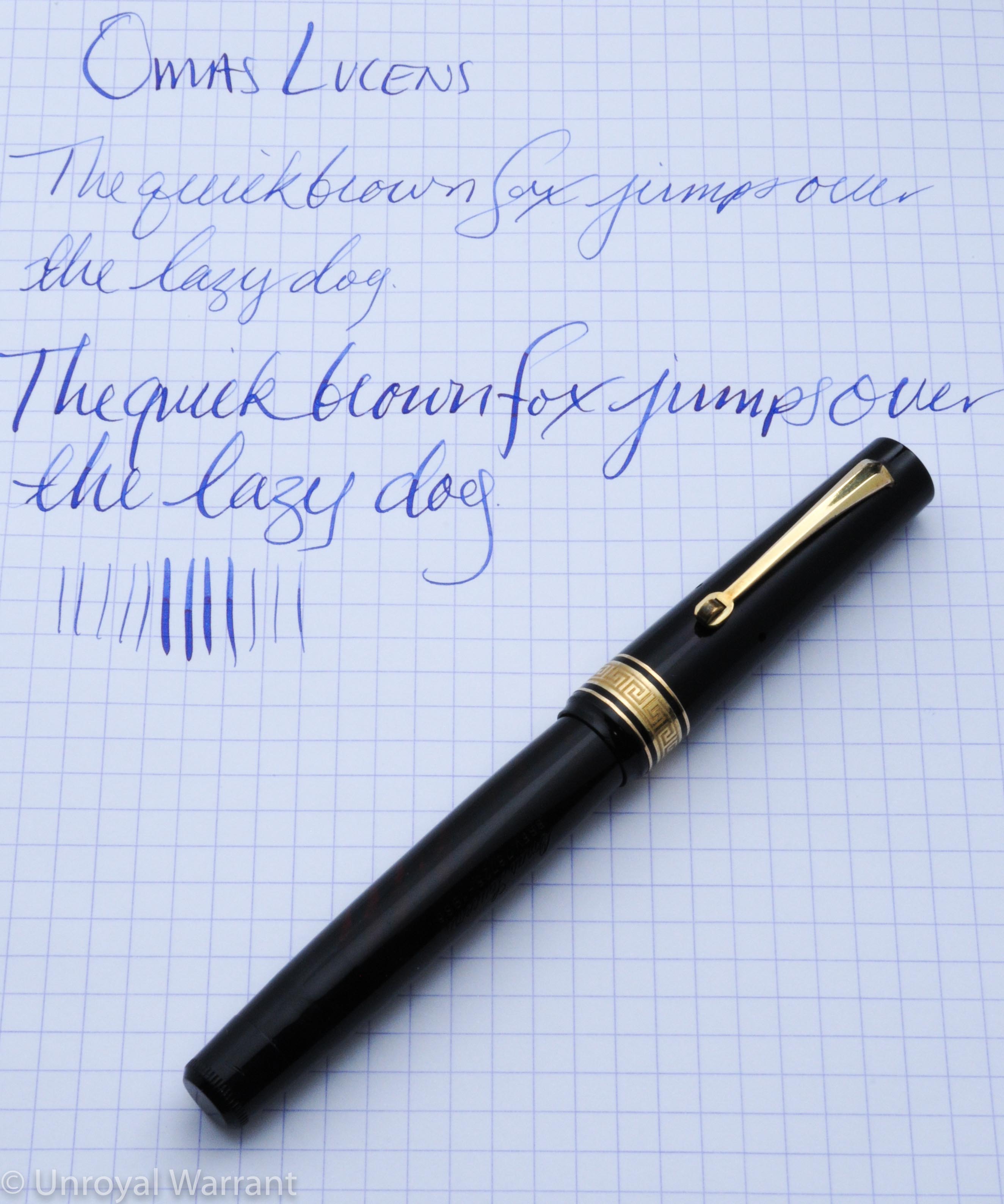
These pens are very nice reliable writers that I enjoy using. I almost always have one inked up. Like most vintage Italian pens, these are relatively rare and expensive. The large size Extra Lucens are the most desirable but for me as writers I prefer to use the smaller models.


Lovely examples you have showcased here. These are one of my favorite pens.
Thank you markivo!
I hope this comment finds you well! This is the best review I have found on this vintage pen and it convinced me to pick one up myself. I saw that OMAS recreated this pen in their Vintage collection, but they have different nibs and filling systems. I understand that this review is quite old. Do you still use these fine pens, and does it still treat you well? Thank you for your time!
Thanks Michael! I appreciate it. I do not have the big brown Extra Lucens anymore but I do have the other two and they are great pens that I do still use. I also have a 556 Ogiva with a piston filling system. I much prefer the piston system as it is easier to use.
Brilliant. Thank you for this comparison. I received an OMAS Extra Lucens (1936) as a (very special) gift. I am going to try to fill it and try to use it. (It has an interesting pedigree.) Am I risking too much by filling it? Or can it be repaired if there is leakage around the seal? Is that worth risking?
Hi Nicholas, if there is an issue with the seal it can be repaired. As long as the celluloid is sound I do think they are safe to use regularly. Whether it is worth the risk, is up to you. Depending on the color and condition, it may be difficult to replace.